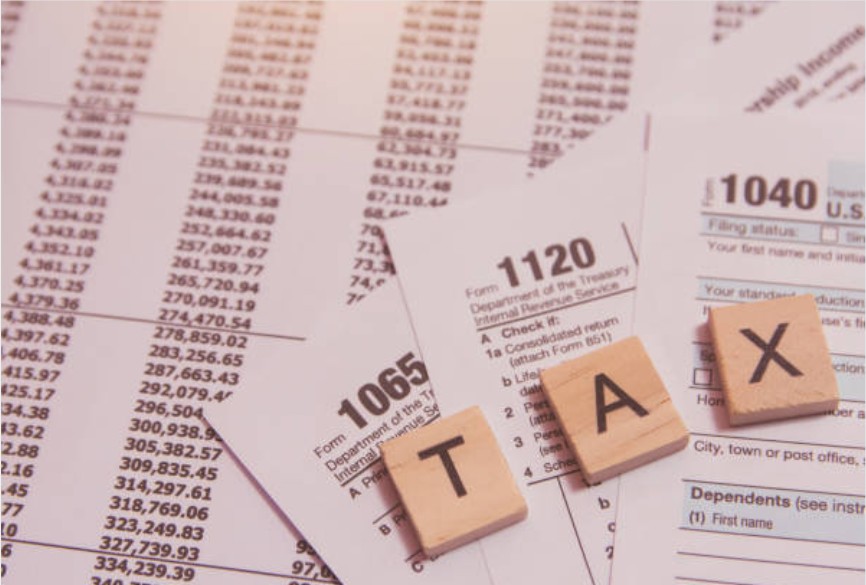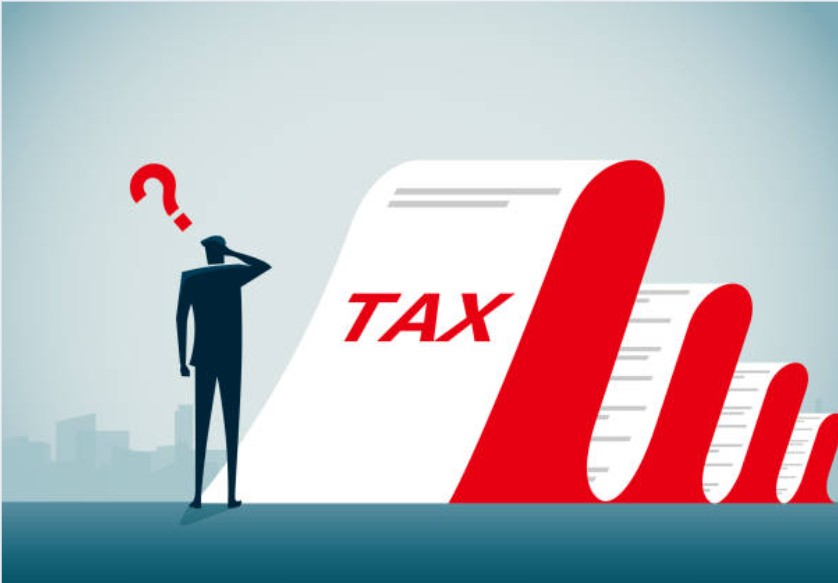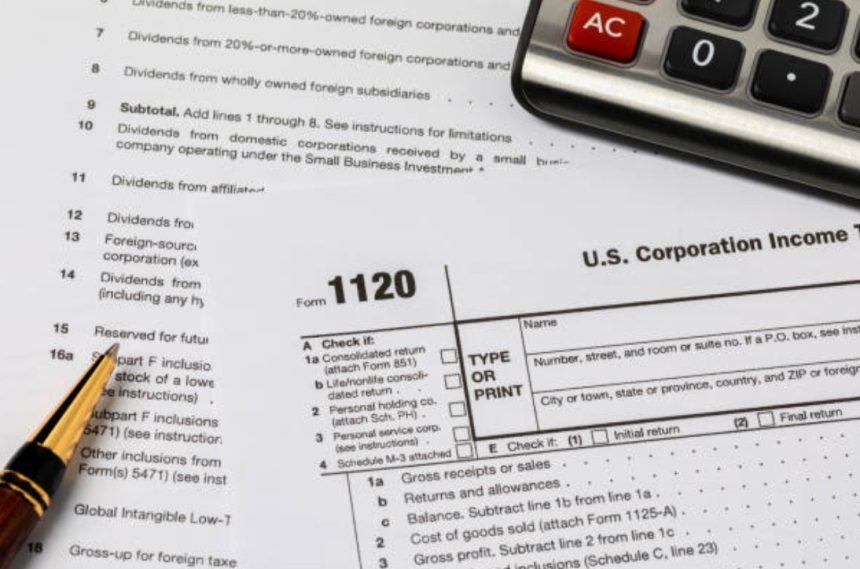Why Has My Tax Code Changed from 1250L to 1185L? If this question has recently crossed your mind, you’re not alone. Many UK taxpayers are noticing this change on their payslips, prompting questions about its causes and implications. This comprehensive guide explores the fundamentals of UK tax codes, examines why changes occur, and offers practical advice to help you navigate these updates confidently.
What Are UK Tax Codes and How Do They Work?
UK tax codes, issued by HM Revenue & Customs (HMRC), determine the amount of tax deducted from your salary by reflecting your tax-free personal allowance along with any necessary adjustments based on your circumstances.
- 1250L: Traditionally indicates a standard, higher tax-free personal allowance (around £12,500), meaning a larger portion of your income remains untaxed.
- 1185L: Reflects a reduced allowance (around £11,850), which can result in higher tax deductions and a smaller net income.
How Do These Tax Codes Affect My Finances?

What’s the Financial Impact of a Reduced Allowance?
A shift from 1250L to 1185L typically means your tax-free allowance is lower, potentially reducing your take-home pay. The table below provides a clear view of comparison:
| Aspect | Tax Code 1250L | Tax Code 1185L |
| Tax-Free Allowance | Approx. £12,500 | Approx. £11,850 |
| Take-Home Pay Impact | More income remains untaxed | Higher tax deductions lead to lower net pay |
| Common Triggers | Standard allowance without extra adjustments | Adjustments for underpayments, benefits, or fiscal policy changes |
Note: Figures are approximate and can vary based on individual circumstances.
Why Has My Tax Code Changed from 1250L to 1185L?
Could Budget Announcements Be the Culprit?
Annual budget announcements often lead to adjustments in the tax-free personal allowance. Changes in fiscal policy or adjustments for inflation can lower the allowance, thereby altering your tax code.
Is This Change About Recovering Previous Underpayments?
Sometimes, HMRC adjusts your tax code to recover tax that was underpaid in previous periods. By reducing the tax-free allowance, HMRC can incrementally recoup the owed tax over the year.
Could Changes in Benefits or Income Be Responsible?
If your income or benefits have recently changed, HMRC may recalibrate your tax code to better reflect your current financial situation. This ensures that the tax deducted aligns with your overall earnings and entitlements.
How Will the Change Impact My Monthly Budget?
What Does This Mean for My Take-Home Pay?
A reduction in your tax-free allowance directly affects your net income. The table below estimates how different income levels might be impacted:
| Income Band | 1250L (Approx. £12,500 Allowance) | 1185L (Approx. £11,850 Allowance) | Estimated Annual Change |
| Low Income (£20k) | Minimal impact; most income is untaxed | Slight increase in tax deductions | £50 – £100 reduction |
| Medium Income (£30k) | Noticeable tax savings | Higher deductions result in lower net pay | £150 – £300 reduction |
| High Income (£50k) | Reduced deductions due to higher allowance | Marginally increased deductions overall | £100 – £200 reduction |
These values are estimations; your exact figures will depend on your personal financial details.
What Steps Should I Take If I Notice This Change?

Have You Reviewed Your Payslip and HMRC Correspondence?
If you’re asking, “Why Has My Tax Code Changed from 1250L to 1185L?”, consider these action points:
- Examine Your Payslip: Look for notes or annotations from HMRC explaining the change.
- Review Official Correspondence: HMRC typically sends letters or emails detailing why your tax code was altered.
- Contact HMRC: If you’re still unclear, reach out directly to HMRC for a personalized explanation.
- Seek Professional Advice: Consult a tax advisor if the change significantly affects your financial planning.
Is This Change Temporary or Permanent?
Could My Tax Code Change Again Soon?
Tax codes are dynamic and subject to regular review. Factors that may trigger further changes include:
- Annual Budget Reviews: Most tax code adjustments occur alongside the annual fiscal review.
- Mid-Year Adjustments: Significant changes in your personal circumstances or earnings can prompt an unscheduled recalibration.
- Ongoing Reconciliations: HMRC may continue to adjust your tax code if further discrepancies from past underpayments are found.
| Scenario | Expected Action | Potential Impact |
| Annual Budget Announcements | Revised personal allowance | Adjustments in tax-free income allocation |
| Changes in Benefits/Income | Reassessment of your tax code | Immediate shifts in monthly deductions |
| Detection of Further Underpayments | Recovery through updated tax code | Incremental increases in tax deductions |
What If I Disagree with the Change?
How Can I Challenge or Verify My New Tax Code?
If you believe the adjustment is incorrect, take the following steps:
- Verify Your Records: Ensure that all personal and financial details on file with HMRC are accurate.
- Request a Review: Contact HMRC to review your tax code if you suspect an error.
- Document Your Case: Keep records of your correspondence and any calculations that support your view.
- Consult a Tax Professional: A financial advisor can help you understand the reasoning behind the change and guide you through the dispute process if necessary.
How Can I Avoid Future Tax Code Surprises?

What Proactive Measures Can I Take?
Staying informed and proactive can help you manage future tax code adjustments:
- Regularly Check Your Payslip: Consistently reviewing your payslip helps you catch changes early.
- Stay Updated with HMRC Communications: Read any updates or letters from HMRC carefully.
- Maintain Accurate Records: Ensure that your details, including changes in income or benefits, are promptly reported to HMRC.
- Use Online Tools: Leverage HMRC’s online services and tax calculators to forecast potential changes in your tax code.
Final Thoughts
The question “Why Has My Tax Code Changed from 1250L to 1185L?” is one that many UK taxpayers face. Typically, this change is driven by annual budget updates, efforts to recover previous underpayments, or adjustments reflecting changes in your income and benefits. By understanding the factors behind these adjustments and taking proactive steps, you can manage your finances more effectively and avoid unwelcome surprises in your take-home pay.
- Stay Informed: Regularly check your payslip and HMRC communications.
- Be Proactive: Update your records with HMRC and consult professionals when needed.
- Monitor Impact: Use online tools and expert advice to understand how these changes affect your budget.
For the most precise and personalised information, always refer to the official HMRC website and consider professional financial advice. Keeping abreast of these changes can empower you to navigate your financial landscape with confidence.
Frequently Asked Questions (FAQ)
1. Why has my tax code changed from 1250L to 1185L?
HMRC adjusts tax codes based on several factors, including:
- Budget Adjustments: Changes in the government’s fiscal policy can reduce the tax-free personal allowance.
- Recovery of Underpayments: HMRC may lower the allowance to recoup previous tax underpayments.
- Changes in Income or Benefits: Alterations in your earnings or benefits may prompt a recalculation of your tax code.
2. What do the tax codes 1250L and 1185L represent?
- 1250L: Traditionally signifies a higher personal allowance (around £12,500), meaning a larger portion of your income is untaxed.
- 1185L: Indicates a reduced personal allowance (around £11,850), which results in more income being subject to tax.
3. How does the change impact my take-home pay?
A lower tax-free allowance means that:
- More Tax Is Deducted: You may see slightly higher deductions on your payslip.
- Net Income Reduction: The change can result in a minor reduction in your monthly take-home pay, varying according to your total income.






